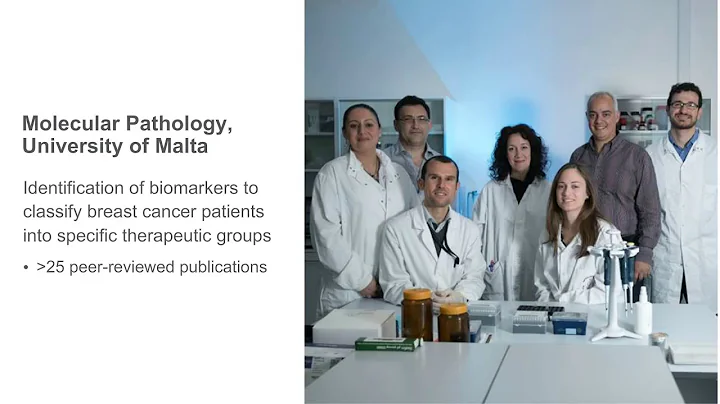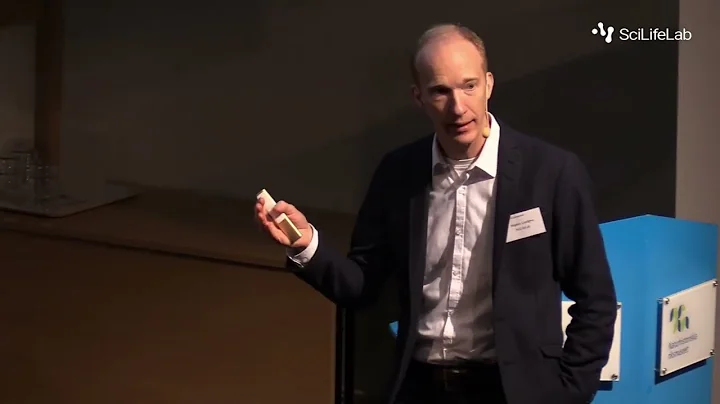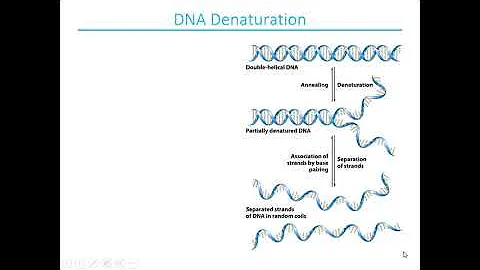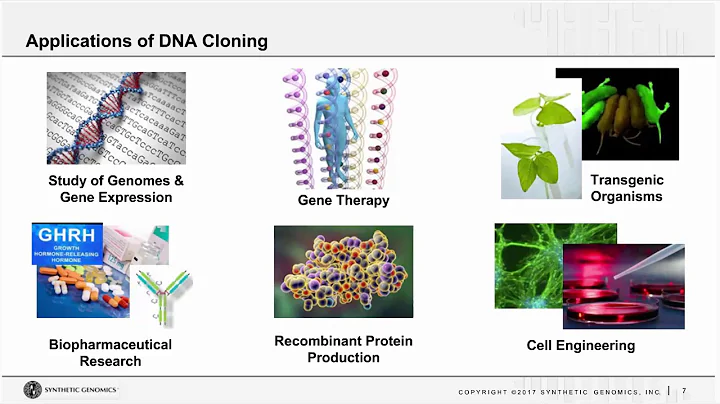
At present, the most commonly used immunoassay methods in laboratories and clinics include Enzyme-Linked ImmunoSorbent Assay (Enzyme-Linked ImmunoSorbent Assay, ELISA for short) and Enzyme Linked Immunospot Assay (Enzyme Linked Immunospot Assay, ELISA for short) ELISPOT), but these two detection methods have certain limitations. For example, ELISA and ELISPOT can only detect one antigen or antibody target at a time, cannot detect low concentration samples, and the detection sensitivity is not high enough.
In order to improve the shortcomings of the above two detection technologies, Professor Liu Mi’s team from the Department of Pharmacy, School of Pharmacy, Suzhou University developed two new immune detection technologies, FOLISA and FOLISPOT, based on DNA barcoding and DNA complementary paired amplification methods, which achieve signal amplification and Simultaneous multi-target detection.

Picture | Liu Mi (Source: Liu Mi)
The team introduced that FOLISA and FOLISPOT can not only detect multiple antigens or antibody targets at the same time, but also have detection sensitivity much higher than traditional ELISA and ELISPOT. FOLISA can reach the fg level and detect ELISA method cannot detect signals, while FOLISPOT can detect cells secreting only a small amount of antigen that cannot be detected by the ELISPOT method.
Recently, a related paper titled "A Multiple-Target Simultaneous Detection Method for Immunosorbent Assay and Immunospot Assay" was published as the cover article of the current issue in Analytical On Chemistry, Liu Mi serves as the corresponding author of , and Ma Jianting, a 2021 master's student in the Department of Pharmacy, School of Pharmacy, Suzhou University, is the co-author [1].

Picture | Paper cover (Source: Analytical Chemistry)
It is understood that the main reason why ELISA and ELISPOT can only detect one target at a time is that these two technologies use enzyme and substrate signal amplification methods. Once the substrate is catalyzed by the enzyme After color development, the same detection hole cannot be used for subsequent detection.
The immunoassay technologies FOLISA and FOLISPOT proposed this time can perform multiple rounds of testing when testing serum samples, and each round can detect multiple antigens. Specifically, FOLPISPOT can detect cells secreting several different cytokines in multiple rounds to analyze the simultaneous secretion of different cytokines by various types of cells; FOLISPOT can be used to detect cells that secrete only a small amount of cytokines, such as TGF-β and other cytokines, and the detection sensitivity is much higher than ELISPOT.
Researchers said that FOLISA and FOLISPOT use DNA barcoding and DNA complementary pairing methods. The detection antibody is connected to a DNA barcode with a specific DNA sequence. The DNA amplification strand and the DNA detection strand can sequentially achieve DNA complementary pairing to amplify the signal with the detection target. . Moreover, the detection sensitivity of these two technologies can be further improved through optimization.
It is reported that the signal amplification system in these two technologies is achieved by connecting DNA concatemers to DNA-coupled detection antibodies. The length of the DNA concatemers has a direct impact on the detection sensitivity. By adjusting the reaction parameters, the length of the DNA concatemer can be changed, thereby controlling the sensitivity of the entire detection system.
It is worth mentioning that in addition to detection sensitivity, the detection specificity and selectivity of FOLISA and FOLIPSOT are also very high. In addition, through the researchers' ingenious design, the detected signals can be eluted sequentially and subjected to multiple rounds of detection on the same sample, which increases the number of detection targets in each round of detection twice.

(Source: Analytical Chemistry)
In the study, because FOLISA showed high sensitivity in measuring a single target protein, the team conducted further in-depth analysis of this technology. They detected four different types of target proteins using FOLISPOT with a single-stage signal amplification system and six different types of target proteins using FOLISPOT with a dual-stage signal amplification system.
The results show that compared with FOLISPOT with a single-stage signal amplification system, FOLISPOT with a dual-stage signal amplification system has higher detection sensitivity and can be used to analyze weakly activated cells that secrete less antigen than strongly activated cells.
In addition, in order to verify whether FOLISA would be interfered by various components in serum in practical applications, the team measured the concentration of cytokines in serum, and then concluded that FOLISA can be used to detect six cytokines in human serum using multiple pathways. , there is no significant difference from the traditional ELISA method in detecting these six cytokines alone.

Figure | Schematic diagram of sample analysis using FOLISA (Source: Analytical Chemistry)
Overall, FOLISA and FOLSPOT are fast, highly sensitive and multiplexed for detection of laboratory samples or potential clinical samples. Antigens or antibodies provide an efficient and versatile platform. Moreover, compared with the existing technologies ELISA and ELISPOT, these two new technologies are not only more sensitive and efficient, but also more labor- and cost-saving.
Mi Liu said, “We believe that this fast, efficient, multi-target, high-sensitivity, and high-specific immunoassay technology is superior to traditional ELISA and ELISPOT immunoassay technologies, and is expected to be used in future laboratory research and clinical studies. "
It is understood that Liu Mi mainly focuses on research on preventive and therapeutic cancer vaccines, mRNA vaccine delivery technology and immune multi-target detection technology, and has preventive and therapeutic cancer vaccines. , mRNA vaccine delivery technology, immune multi-target detection technology and other international patents and more than 20 domestic invention patents.
He holds a PhD from the Department of Pharmacy, School of Pharmacy, Swiss Federal Institute of Technology in Zurich, and also engaged in postdoctoral research in the Department of Immunology, Harvard Medical School. After joining Soochow University in December 2018, he has been serving as a distinguished professor and doctoral supervisor in the Department of Pharmacy, School of Pharmacy.
-End-

Reference: 1.Jianting Ma et al. A Multiple-Target Simultaneous Detection Method for Immunosorbent Assay and Immunospot Assay. Analytical Chemistry ( 2022)https://doi.org/10.1021/acs.analchem.2c01087


















![Rethinking Physics Informed Neural Networks [NeurIPS'21] - DayDayNews](https://i.ytimg.com/vi/qYmkUXH7TCY/hq720.jpg?sqp=-oaymwEcCNAFEJQDSFXyq4qpAw4IARUAAIhCGAFwAcABBg==&rs=AOn4CLDq7F6iLHKhjmAFymJhtlcYwaXiMw)
![AI/ML+Physics Part 1: Choosing what to model [Physics Informed Machine Learning] - DayDayNews](https://i.ytimg.com/vi/ARMk955pGbg/hq720.jpg?sqp=-oaymwEcCNAFEJQDSFXyq4qpAw4IARUAAIhCGAFwAcABBg==&rs=AOn4CLBMVhxazCgh0pAm1KCjDm3G5IBQXw)



